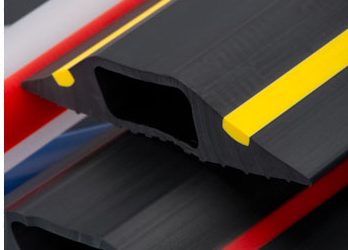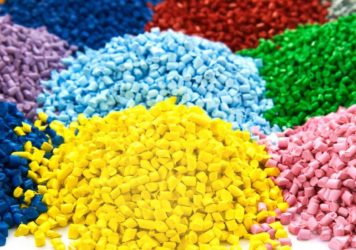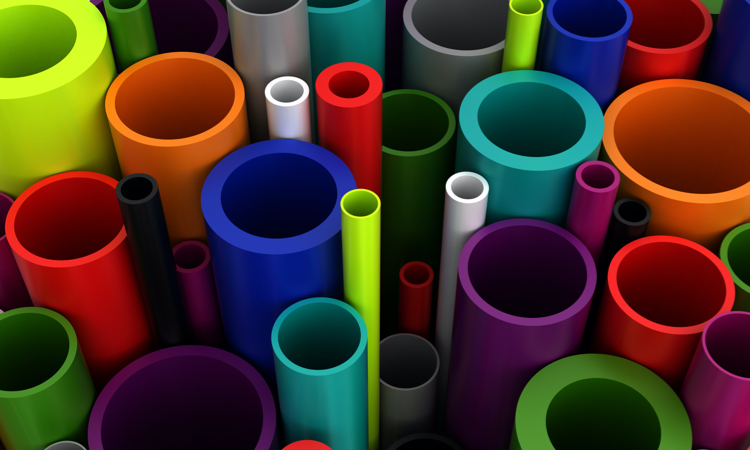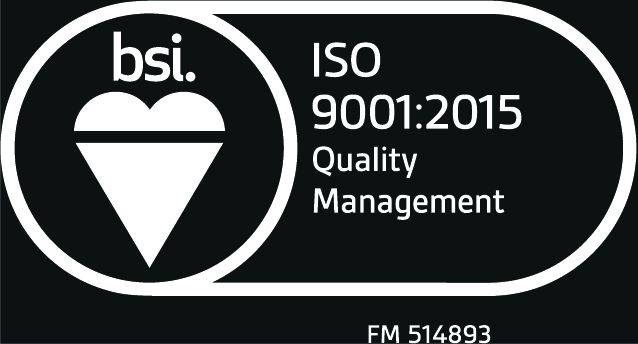
Dual Durometer Extrusion
Dual Durometer uses materials with different hardness – flexible and rigid. Dual durometer extrusion fuses two materials together through a co-extrusion process, extruding two materials at the same time into the same die, creating a single part. Manufacturers might opt for dual durometer extrusion if they want a product that has a combination of soft material and hard, durable material.
What Is a Dual Durometer Extrusion?
Dual durometer extrusion uses two materials with different durometers during the extrusion process. Once the materials are extruded, the final product possesses properties from both durometers. Understanding how dual durometer extrusion works is the first step to implementing this manufacturing style into your operation. If there’s a need for reliable, low-cost units with combined material properties, dual durometer extrusion is often the best solution. These two materials will combine uniformly in the die or mold. The way the durometer is tested is by poking the material with a probe. The probe can be pointed, flat, or rounded depending on the material being tested. The probe is connected with a spring and a gauge. The spring and gauge determine how much force and distance is required to puncture the material. This process ultimately leads to a durometer measurement.
Advantages of Dual Durometer Extrusion
Cost Savings
Rather than fabricating two separate parts then fastening or adhering to them, it’s all done in one process. That saves a manufacturer money on equipment, runtime, labor, and warehouse space. In some applications, you might even opt to use a less expensive “filler” material. This “filler” material aims to lower the raw material cost of each part without sacrificing material properties too much. This is especially useful for large-scale consumer products.
Combination of Material Properties
Since the extrusion process combines two different materials, you have an opportunity to combine material properties. If you need the flexibility and modularity of rubber and also the strength and durability of a hard thermoplastic, you can use dual durometer extrusion. A great example is in the world of gaskets. You need the gasket to be flexible and compressible to create a seal. At the same time, you need a sturdy backing, for this, dual durometer extrusion will create the perfect product.
Cross-Sectional Uniformity
Since the material combination was done during the extrusion process, the final product will have consistent and uniform cross-sections. This is important for environments that include high temperatures, stress, strain, and motion. A non-uniform product can easily shear apart, separate when temperatures rise, or delaminate during motion.
Dual Durometer Extrusion: Capabilities & Materials & Uses
The capabilities of Dual Durometer Extrusion are identical to a standard extrusion process. You can still do machining and post-processing steps to a part that was made by dual durometer extrusion. That means you can cut, notch, punch, drill, and create specific custom features.
Materials for Dual Durometer Extrusion
 The material limitations are the same as standard extrusion processes. It mainly consists of plastics of varying durometers:
The material limitations are the same as standard extrusion processes. It mainly consists of plastics of varying durometers:
- Acetal
- Polycarbonate
- PVC
- HDPE
- PET
- TPU
- TPE and TPR
- UHMW/PE with or without custom additives
- Nylon
- ABS
- PE
The most common use for dual durometer extrusion is combining a sealing material with an attachment material. The softer material is used for the seal, and the harder material is used to attach. If you’ve worked with gaskets, you understand that it’s impossible to get a reliable seal without additional machining and post-processes. Using dual durometer extrusion solves this problem and saves you time and money in the process.
This form of extrusion:
- Eliminates the need for compromise in a design
- Cuts down on post-processing cost and time
- Improves reliability of the final part
- Allows a combination of material properties in one piece
As such, there are many industries that can benefit from dual durometer extrusion. Industrial and commercial companies that create a product using extrusion can consider dual durometer extrusion as a substitute. This form of manufacturing opens the doors for unique and novel solutions to otherwise troubling products across any industry.
Additional Considerations for Dual Durometer Extrusion
There are ways to get creative during the design process. Using dual durometer extrusion allows you to:
- Use multiple colors
- Prefabricated holes, notches, slots, or other geometries
- Add Pressure-Sensitive Adhesives (PSAs) right to the piece
- Create an aesthetically-pleasing part
- Use a less-expensive “filler” material for lower-cost parts
This process helps span the gap between the consumer’s requests and manufacturing limitations. More importantly, it doesn’t require major upfront costs to make these accommodations.
Dual Durometer Extrusion can Save Time and Money!
There are many advantages of dual durometer extrusion. The bottom line is that through this process you can create a better product and run a smoother operation. Dual durometer extrusion is a manufacturing process that can save you time and money, and create a better product. Experience precision manufacturing with exceptional service and support.
Inplex will extrude profiles with dual densities and with a variety of color combinations to meet your needs – Contact us today to learn more!
Back to Blog




